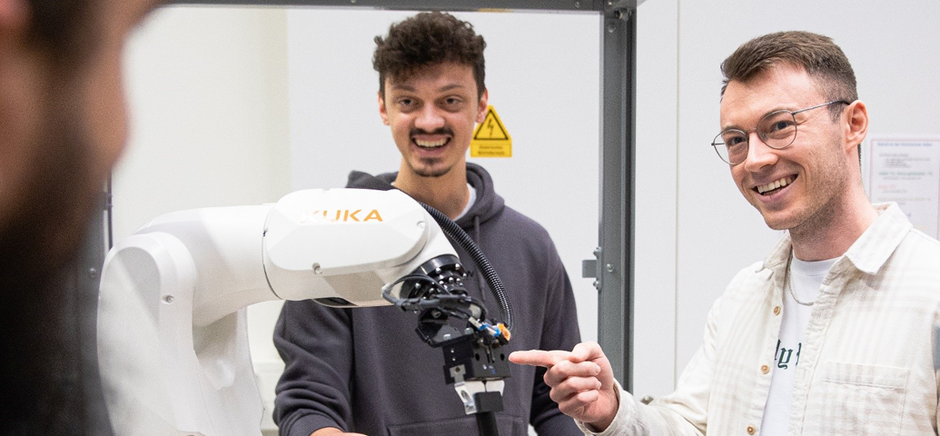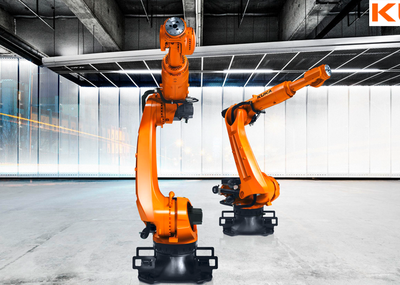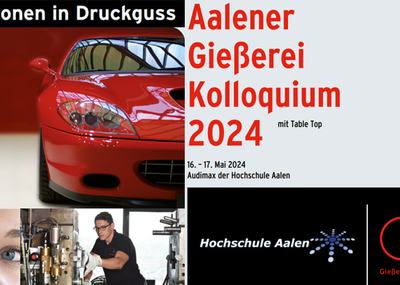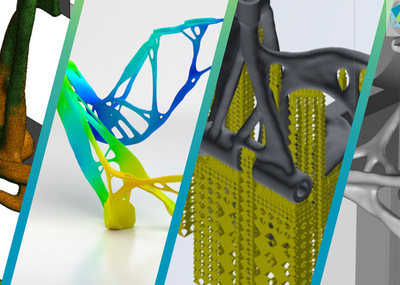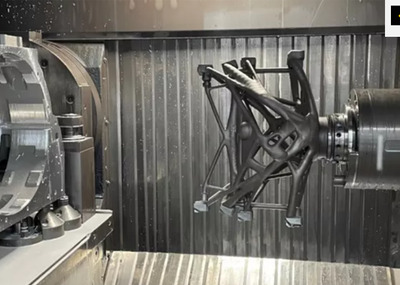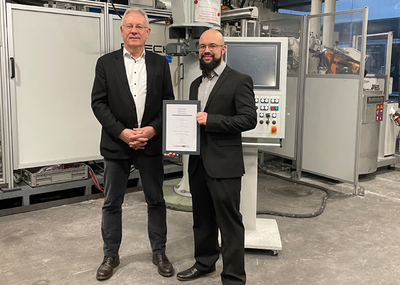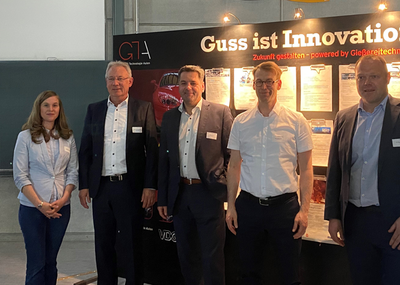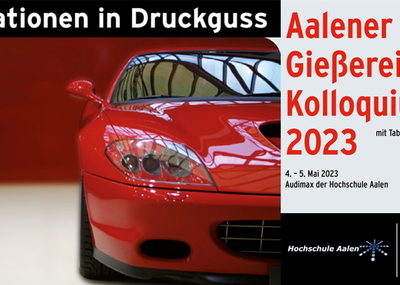"Cobots" - are mobile service robots that are entering our living and working environment at high speed. In the article, Prof. Dr.-Ing. Markus Glück, Aalen University of Applied Sciences, Faculty of Optics & Mechatronics, explains the advantages of cobots and what must be considered in human-robot interaction. The result are found in the guide: 5 Elements of Success for a Robot-Introduction.
"Cobots ("collaborative robots") are mobile service robots that are entering our living and working environment at high speed," explains Prof. Dr.-Ing. Markus Glück, Aalen University, Faculty of Optics & Mechatronics. They assist with assembly, machine loading, sorting, palletising, packaging, testing and cleaning in various sectors, ranging from logistics and catering to hotels, care, etc.
"Without cobots, we would be neither competitive nor fit for the future in Germany as a business location in times of a shortage of skilled personnel."
"Without the many hard-working production helpers who reliably relieve us of the ergonomically demanding, dirty, monotonous, mentally stressful and dangerous work without tiring, we would be neither competitive nor fit for the future in Germany as a business location in times of a shortage of skilled workers," Glück states, at the same time he emphasises that cobots not only support car manufacturers and suppliers, but increasingly also small and medium-sized manufacturing companies.
How can human-robot interaction be used in a beneficial and sustainable way in new user scenarios?
Currently, there is a paradigm shift : Namely, the path to a new era of human-robot interaction. This raises the question of how the safe coexistence of humans and robots can be shaped. How can human-robot interaction be used in new user scenarios in a beneficial and sustainable way? What safety concepts are there? Which standards and ethical guidelines must be observed? And how should the people concerned be " involved" in this new era of robotics?
5 elements of success for a positive introduction of HRC
These are precisely the questions that Prof. Dr.-Ing. Markus Glück's guideline "5 Success Building Blocks for a Successful Introduction of MCC" seeks to answer. The essential points for a successful MRK introduction are: 1. prepare carefully and do not overstrain yourself! 2. robots must be accepted as "colleagues". But take the people with you! 3. safety first - evaluate risks carefully, create trust. 4. 4. look for additional benefits and evaluate opportunities objectively. 5. humans always set the pace!
Practical reference book on the introduction of MRC
Detailed information on the above-mentioned points 1 to 5 can be found in the practice-oriented reference book by Prof. Markus Glück. The book provides detailed and clear answers to most of the questions that arise in connection with an introduction to MRC. Essential terms, standards and concepts are explained. The practice-oriented guide provides beginners and advanced users with everything they need in a clear manner to successfully introduce MRC in everyday operations. In addition, it contains orientation aids for workplace evaluation and robot selection, which provide concrete support for project work.
This article was written by Prof. Dr.-Ing. Markus Glück and rewritten by Diana Engelmann, International Editor, Foundry-Planet

